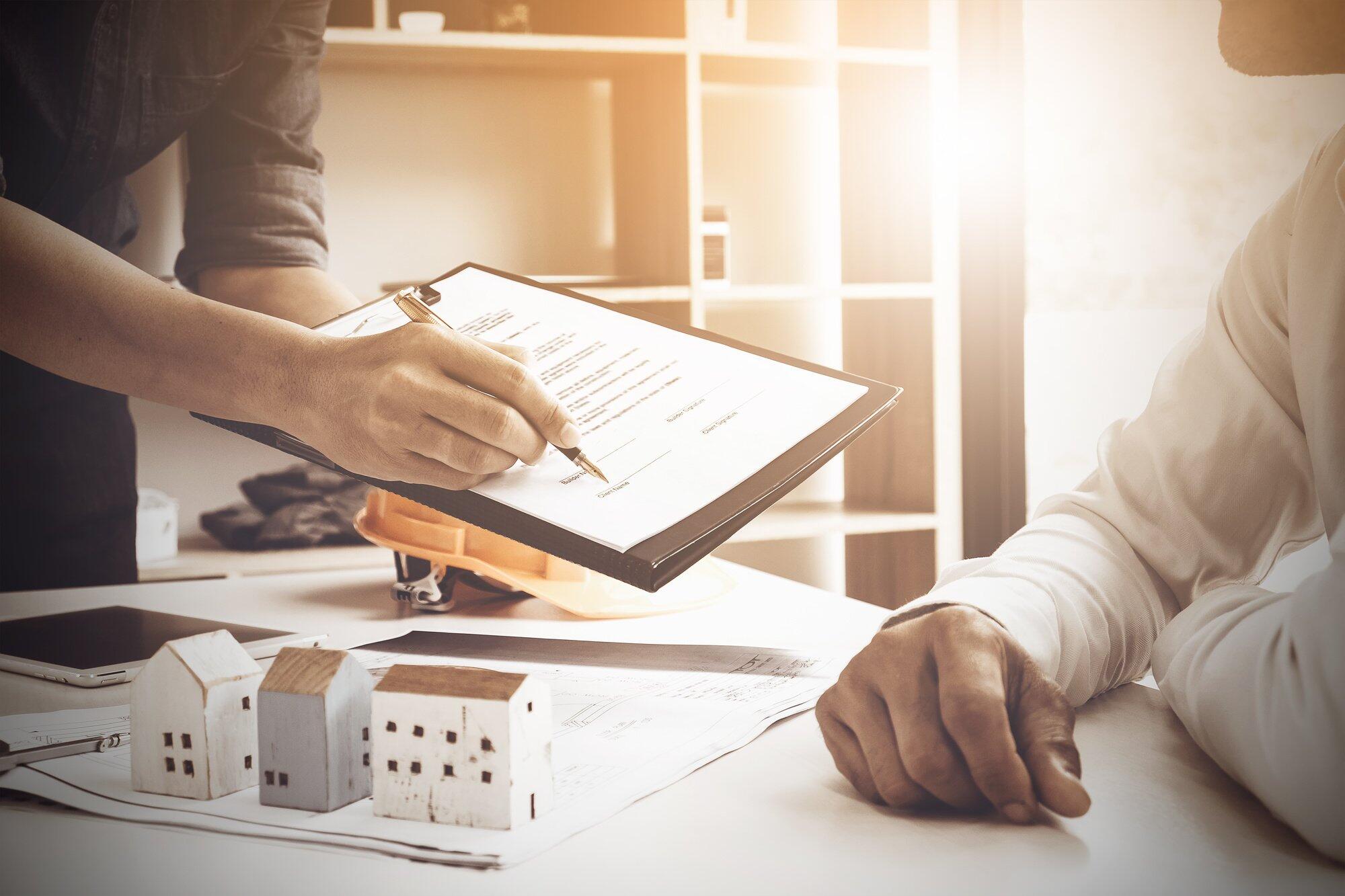Sustainable Living Guide for Beginners: 9 Simple Steps
Posted on March 21, 2024 by Logo Design Tips and Tricks

In today’s fast-paced world, making eco-friendly choices can seem overwhelming. Yet, it’s crucial for our planet’s future. That’s where our sustainable living guide comes in.
This guide is designed to simplify the transition. In nine straightforward steps, you’ll learn how to reduce your ecological footprint.
Whether you’re a seasoned eco-warrior or a beginner, these tips are practical and easy to integrate into daily life. Embark on a journey to a more eco-friendly lifestyle with confidence.
1. Reduce, Reuse, Recycle
Getting started with “Reduce, Reuse, Recycle,” the “golden trio” of sustainability, is easy for anyone who wants to have less of an effect on the environment. To cut down on consumption, you need to be more selective about what you buy and prioritize what you need over what you want.
To reuse something, you have to find a new use for it, like donating clothes or using glass jars as storage containers. Recycling is important for getting rid of trash that can’t be used again, but it should only be done as a last resort.
2. Reduce Water Consumption
Lessening how much water you use is important for living in a way that doesn’t harm the environment. You should start by fixing leaks right away to stop waste.
Putting in low-flow toilets and showerheads can cut daily water use by a lot. In the same way, turning off the water while you brush your teeth or wash the dishes saves gallons of water over time.
Choose shorter showers and think about using rainwater for gardening. Every one of these steps, even though they seem small on their own, adds up to a big drop in water use, which is in line with the idea of sustainability.
3. Embrace Energy Efficiency
Energy-efficient habits are a key part of living in a way that doesn’t harm the environment. For a simple start, switch out your incandescent bulbs for LED lights, which use at least 75% less energy.
Investing in energy-efficient appliances can also help you use a lot less electricity in your home. Smart power strips are also helpful because they turn off devices’ power when they’re not being used.
You might want to seal your windows and doors to keep the temperature stable and lower your heating and cooling needs. Finally, making small changes to your energy use, like turning off lights when you leave a room, can have a big effect in reducing carbon footprint.
4. Opt for Eco-Friendly Transportation
Using environmentally friendly transportation greatly reduces the damage that people do to the environment. People who walk, ride bikes, or take public transportation instead of driving their cars can cut greenhouse gas emissions by a huge amount.
Carpooling is a good way to share resources and make traffic less crowded for longer trips. If you have to drive, think about getting an electric, hybrid, or fuel-efficient car to help the environment.
Planning errands strategically to cut down on trips is another way to help the environment. People can make a big difference in fighting climate change and making the environment healthier by choosing greener ways to get around.
5. Support Sustainable Food Practices
To reduce your impact on the environment, you must support sustainable consumption practices. To reduce pollution from transportation and help local economies, start by buying organic and locally grown foods.
Even in small urban areas, growing your vegetables can have a big impact on the environment. Cutting down on meat consumption can also help reduce the amount of water used for farming animals and the greenhouse gases they release.
Using food scraps to make compost is a great way to turn trash into something useful that improves soil naturally. People can help make the food system more sustainable and resilient by making these choices.
7. Minimize Household Waste
Another important part of living in a way that is good for the environment is reducing the amount of trash you make. Begin by looking at what you throw away to find ways to make things better, like throwing away too much food or plastics that are only used once.
It’s better to buy things that don’t come in a lot of packaging, and look for alternatives to water bottles and shopping bags that can be used more than once. Organic waste that is composted can be used in your garden and can greatly reduce the amount of trash that ends up in landfills.
To make sure that all recyclables are handled correctly, teach your family about the recycling programs in your area. Every household can make a big difference in protecting the environment by following these steps.
8. Support Renewable Energy
Using renewable energy in your daily life is a big step toward being environmentally friendly. Putting solar panels on your house can help the environment, save you money on energy costs, and make you less dependent on fossil fuels.
If you can’t install solar panels, look for energy providers that offer green energy options from sources like hydro, wind, or sun. Small things, like using outdoor lights that are powered by the sun, also help with this change. Getting involved in community projects that focus on renewable energy can make a bigger difference.
By supporting renewable energy, individuals can help drive the transition towards a more sustainable and resilient energy future. If you’re interested in learning more about sustainable energy options, click here to learn about solar and electricity.
9. Educate Yourself and Others
Green living depends on people getting the right education. By always learning more about environmental issues and eco-friendly ways to live, people can make better choices in their daily lives. When you share this information with others, it has a bigger effect and motivates everyone to work together for sustainability.
Eco-friendly living can be learned from books, documentaries, and online forums, among other things. Participating in sustainability education can also be done in schools and community groups.
Begin Your Adventure with This Sustainable Living Guide
Now that you have this sustainable living guide, you can take the first step toward living closer to nature. You can reduce your impact on the environment in nine steps. Make changes; this guide is a call to action for living in a way that is good for the environment.
Remember that the path to sustainability is constant and changing. Using the tips in this guide to sustainable living will help make the world a healthier place. Starting small and staying committed will help your work grow into something important.
For more helpful tips, browse our blog regularly!
Top Causes and How to Deal with a Flooded Basement as Absentee Owners
Posted on March 19, 2024 by Logo Design Tips and Tricks

Have you ever worried about what could happen to your basement when you’re not around? As absentee owners, managing a flooded basement can be a real headache. But fear not!
In this guide, we’re diving into the nitty-gritty of dealing with this pesky problem remotely. From understanding the causes of basement floods to practical solutions, we’ve got you covered.
Get ready to learn how to tackle broken pipes, extreme weather, and more like a pro. So, sit back, relax, and let’s navigate through the murky waters of flooded basements together!
Understanding the Causes
Flooded basements can stem from various sources, making it crucial to identify the root cause before implementing a solution. Here are some common culprits:
Extreme Weather Events
Heavy rainfall or melting snow can overload drainage systems, leading to water seepage into basements. This can cause significant damage to property and belongings if not addressed promptly.
Broken Pipes
Cracked or burst pipes within the property can result in water leakage. This leakage can gradually flood the basement over time, potentially leading to mold growth and structural damage.
Poor Drainage Systems
When water collects near the foundation due to poor drainage, it puts pressure on the basement walls. This pressure can cause cracks and openings, allowing water to seep into the basement. Additionally, prolonged exposure to moisture from inadequate drainage can weaken the foundation, making it more susceptible to water infiltration.
Sump Pump Failures
When the sump pump fails to divert groundwater, it allows water to build up around the basement’s perimeter. Without proper drainage, this excess water can seep through cracks and gaps, leading to basement flooding.
Dealing With a Flooded Basement
Now that we’ve identified the potential causes, let’s delve into effective strategies for managing a flooded basement as absentee owners:
Assess the Situation Remotely
Use smart home devices like security cameras or water sensors to check how much flooding there is from far away. These gadgets can send alerts to your phone if they detect any water, helping you stay informed even when you’re not at home. Regularly monitoring your property with these tools can prevent serious damage caused by unnoticed flooding.
Contact Local Assistance
Contact trusted local contacts, like neighbors or property managers, for help. They can go to the property, check the situation, and act quickly if needed. Keeping in touch with local helpers ensures that issues are addressed promptly, even when you’re not there in person.
Activate Insurance Coverage
Look at your insurance policy to see what it covers for water damage and basement flooding. Then, call your insurance company to start the process of making a claim as soon as possible.
Coordinate Repairs
Get help from licensed contractors or companies that perform water damage restoration. They might need to fix pipes, make the basement waterproof, or put in a new sump pump.
Prevent Future Incidents
Take steps to prevent problems like regular upkeep of drainage systems and keeping pipes from freezing. You might also want to think about adding another sump pump as a backup to stop flooding.
The Key to Success for Absentee Owners
Dealing with a flooded basement as absentee owners can be hard, but you can do it well with the right plans. Learn why basements flood and how to stop it early to save your property and feel calm, even from far away.
Stay smart and ready to act to handle any problems with your property, wherever you are. So, take charge, ask for help from locals if you need it, and keep your property safe from surprises.
Discover more insights from our other articles today!
What Professional Accounting Services Can Offer From Bookkeeping to Financial Strategy
Posted on March 18, 2024 by Logo Design Tips and Tricks

Accounting is the language of business. It is a crucial aspect that speaks to the financial health and direction of an organization.
Accurate financial management is imperative not just for regulatory compliance. It is also for strategic decision-making. This is especially essential for startups and established firms, alike
That’s where professional accounting services come into the picture. They extend well beyond bookkeeping to form a critical part of the business’s core function.
To learn more about how they can help, read on!
Bookkeeping Services
Bookkeeping is the foundation of all accounting activities. Bookkeeping services refer to the recording of financial transactions. They include:
- sales
- purchases
- receipts
- payments
The main objective of bookkeeping is to create a comprehensive record that can be used for various purposes such as:
- tax filings
- audits
- financial analysis
In addition to keeping track of daily transactions, bookkeeping also involves the preparation of financial statements, including the balance sheet, income statement, and cash flow statement.
Tax Preparation Services
Taxes are an unavoidable part of running a business. Yet, tax laws change over time. This makes it challenging to stay compliant while mitigating tax liabilities. That’s where professional accounting and tax services like this Australian small business online accountant come in.
Tax preparers ensure that your business is compliant with all current tax regulations while also identifying eligible deductions and credits. They can even help you plan for future tax situations. This includes capital gains taxes.
Moreover, tax compliance goes beyond submitting returns. Tax professionals can also help you steer clear of tax audits. This is done by providing accurate and organized financial records.
Financial Planning and Analysis Services
Accounting services also extend to financial planning and analysis. This involves:
- creating a budget
- forecasting future revenues and expenses
- analyzing current financial data
Financial planning and analysis provide businesses with the tools. These are used to make informed decisions about their finances. With this service, businesses can identify areas where they can cut costs or increase revenue.
This is essential for startups. This is because it can help them stay afloat in their early stages. Established businesses can also benefit from this service. It helps them by identifying potential areas for growth and optimizing financial strategies.
Auditing Services
Auditing services involve examining and verifying a company’s financial records. This helps to ensure that all financial statements are accurate. Thus, it means that the company complies with relevant laws and regulations.
For businesses, audits provide credibility and assurance to stakeholders such as:
- investors
- lenders
- regulators
Auditors can also identify areas for improvement in a company’s financial operations. This can include suggesting ways to improve internal controls, reduce risks, and increase efficiency.
Discover What Professional Accounting Services Can Offer
Professional accounting services play a vital role in the success of any business. These professionals offer a comprehensive range of services. Each service is crucial for accurate financial management and strategic decision-making.
So, consider working with professional accounting services. They can help ensure that your business’s financial health is in top shape. This is whether you’re a small startup or an established corporation.
If you want to read more articles, visit our blog. We have more topics! Keep browsing!
Explore Common Causes and What to Do if PC Stuck at Motherboard Screen
Posted on March 13, 2024 by Logo Design Tips and Tricks

Did you know that 89% of American households have a computer?
Computers have become an integral part of our daily lives, from work to entertainment. However, like all electronic devices, computers can encounter issues.
One common problem is getting a PC stuck at motherboard screen. This can be frustrating, especially if you have important work to do or need to use your computer urgently.
But don’t worry, this troubleshooting guide will help you identify and fix the issue. Read on to learn more.
Outdated BIOS
The BIOS is a firmware embedded on your PC’s motherboard. If it’s not updated to work with newer hardware, your system might struggle to boot.
To update your BIOS, you’ll need to download the latest version from the manufacturer’s website. Make sure to follow the instructions carefully. Any mistake can cause irreversible damage to your system.
If you’re not comfortable updating the BIOS on your own, it’s best to seek professional help. You can check this PC and phone repair service here to help you find a reliable technician.
Hardware Issues
Another reason for getting stuck at the motherboard screen could be a hardware issue. One of your components may be not properly connected or faulty. This can be a tricky issue to identify, but there are a few things you can try.
First, check all the connections inside your PC. Make sure everything is plugged in correctly and securely. You can also try removing and reinserting components one by one to see if that solves the issue.
If that doesn’t solve the problem, try removing one component at a time and see if your PC boots up normally. This will help you identify which component is causing the issue. If you find a faulty component, it’s best to replace it.
Corrupted Operating System
If you’ve ruled out hardware issues, the next likely culprit could be a corrupted operating system. This can happen due to various reasons such as malware or improper shutdowns. A corrupted operating system can also prevent your computer from booting properly.
Your operating system can be repaired using the installation disc or USB. If you don’t have one, you can create a bootable USB with the operating system from another computer.
If this doesn’t fix the issue, you may need to reinstall the operating system. This will erase all your files, so make sure to back them up before proceeding.
Insufficient Power Supply
A common mistake that many people make is not having enough power supply for their computers. If your power supply unit (PSU) is not providing enough wattage to your components, it can cause boot issues.
You can check if this is the issue by using a power supply calculator and comparing it to your PSU’s wattage. If there’s a significant difference, you may need to upgrade your PSU.
Moreover, make sure that all the power connectors are plugged in securely. Loose connections can also cause problems.
Software Conflicts
Sometimes, certain software or drivers can cause conflicts that prevent your computer from booting. This can happen due to outdated or incompatible software.
To troubleshoot this issue, try booting your PC in safe mode. Safe mode only loads essential drivers and services. This can help identify the problematic software.
Once you’ve identified the culprit, either update or uninstall it. You can also try using system restore to go back to a point when your computer is functioning.
Bad RAM
Random Access Memory (RAM) is a crucial component of your computer. It stores data and instructions for your CPU to access quickly. If your RAM is faulty or incompatible with your system, it can cause your PC to crash.
To check if your RAM is the issue, you can try removing one stick of RAM at a time and booting up your computer. If it boots with only one stick, then the other may be faulty.
You can also use memory diagnostic tools to test your RAM. If it’s faulty, you’ll need to replace it with a compatible one.
Overheating
Excessive heat can cause the computer to freeze or reboot unexpectedly. This can happen if your PC is not properly ventilated. It can also happen if the cooling system is not working efficiently.
To prevent overheating, make sure to clean your fans and vents regularly. You can also invest in additional cooling solutions such as an extra fan or a liquid cooling system.
Moreover, make sure to monitor your computer’s temperature using software. Take appropriate action if it exceeds safe levels.
CMOS Battery Failure
The CMOS battery powers your PC’s BIOS firmware, which is essential for starting your computer. If this battery fails, it can lead to issues because the BIOS settings revert to default.
Replacing the CMOS battery on the motherboard is a simple and cost-effective solution. This might fix your issue and prevent future problems.
Incorrect BIOS Settings
Sometimes, changing settings in the BIOS can cause compatibility issues or prevent the computer from booting properly. If you’ve recently modified your BIOS settings, they might be the culprit.
Resetting the BIOS to its default settings can resolve the issue. This is also a good step to try before considering other more complex solutions.
To reset the BIOS, you’ll need to access it by pressing a specific key during boot-up. This key varies depending on your motherboard manufacturer. Make sure to check the manual or search online for instructions.
Once you’re in the BIOS, look for the option to reset to default or clear CMOS. Save your changes and restart your computer.
Faulty Graphics Card
A malfunctioning graphics card can also prevent your computer from booting. This can lead to a screen freeze at the motherboard screen.
Test another working graphics card on your system if possible. If the problem persists even with a different card, the issue likely lies elsewhere.
If it works, then your graphics card may be the culprit. You can try updating the drivers or replacing the card altogether to fix the issue.
Troubleshooting a PC Stuck at Motherboard Screen
A PC stuck at motherboard screen can be an unnerving encounter. But with the right knowledge and approach, it’s a problem that can be solved.
Don’t let technical difficulties hinder your productivity or enjoyment of using a computer. By following the PC troubleshooting steps outlined in this guide, you can identify and fix this issue. Remember to always take precautions and seek professional help if needed.
Discover more tips and insights on our website. Expand your knowledge by exploring our other articles today!








